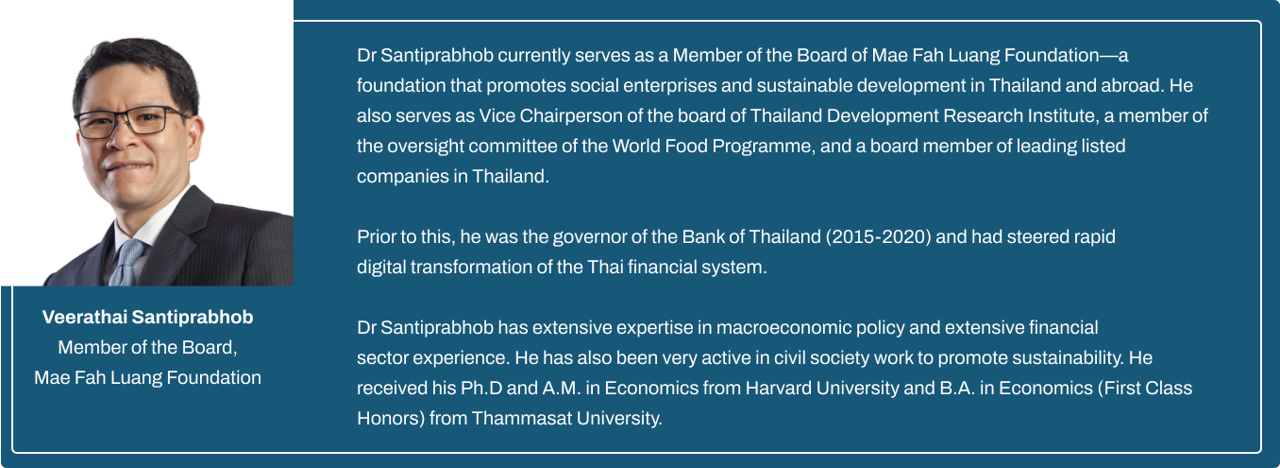Portfolio risk analysis is improving, but there is much to be done for investors to achieve a holistic assessment of how governance and sustainability affect portfolios.
Sustainable investing advocates are urging asset owners to take a more holistic approach to ESG integration in their portfolios, in the light of a re-pricing of assets that is taking place against a background of international conflict, inflation and how central banks are responding to these events.
Historically, ESG risk analysis has disproportionately focused on listed equities, but the Ukraine crisis has highlighted the impact on emerging market debt, sovereign debt and high yield.
The ability of asset owners to address systemic risks across the ESG spectrum will positively impact their investment portfolios. For ESG risk analysis to succeed, “investors need to be asking questions about risk and what they mean for long term-returns on a more consistent basis”, according to Sydney-based asset consultant Alexis Cheang.
Fixed income impact
In fixed income, the heightened geopolitical risk in Europe and Asia has fuelled the volatility in emerging market sovereign debt, while developed-market sovereign bonds are maintaining stable capital inflows despite rising domestic inflationary pressures.
The evolving sustainable bond and sustainability linked loan markets present their own challenges, of assessing whether the use of proceeds intention matches an investor’s vision of sustainability.
“One of the things we’ve seen in the past is a lack of clarity about the use of proceeds,” said Joey Alcock, chair of the responsible investment group at Frontier Advisors in Melbourne. “Asset owners would naturally be sceptical of an issuance intended to improve or repair fossil fuel facility. Yes, you’re making it more efficient but you’re also extending its life.”
Nonetheless, industry players are predicting that Australia’s developing green finance sector will be an increasingly essential component of corporate funding. The move towards green financing has, up to now, been driven by equity investors in Australia. They are increasingly agitating, through voting and engagements, for better governance around environmental and social risk. That’s now translating into the debt market.
Globally, investment managers are trying to improve their credit risk analysis in this area. The pricing model that Federated Hermes has developed to capture the influence of ESG factors on credit spreads, for example, shows a convincing relationship between ESG risk and credit spreads.
Environmental risks have become a main focus for investors as attention on climate change impact, water security, deforestation and biodiversity protection has increased.
Energy transition challenges
The energy transition presents some massive challenges – not least of which is the ability to compensate local communities in emerging markets like Indonesia, for example, whose livelihoods are bound up with coal and other high emitting industries. Technological breakthroughs might decrease the price of renewable energy, leading in turn to a steep drop in the demand for fossil fuels and a radical change in the energy mix.
This is bound to have a material impact on effective ESG and ultimately investment returns. Entities that process fossil fuels may need to write down assets or ultimately default. Banks, insurers and pension funds that have outstanding loans or stocks in the fossil fuel industries will see the value of their investments decrease in the long term. The so-called ‘just transition’, managed poorly, will unsettle local communities and exacerbate the divisions in society at large.
Options besides standard data
Investors still complain about a lack of reliable and consistent data. Clients of the leading credit rating agencies such as Fitch, Standard & Poor’s and Moody’s are demanding extra detail on the sustainability factors that affect individual credit-rating decisions.
While no universal standard risk measure exists, the rise of benchmarks such as the EU’s sustainable product disclosure framework and the International Sustainability Standards Board’s efforts to develop a global baseline of corporate sustainability disclosures, enable investors to remove some of the uncertainty.
One of the problems highlighted by shareholder action on sustainability is the lack of vision shown by companies at management and board level. Frameworks such as the Global Reporting Initiative and the Task Force on Climate-related Financial Disclosures are meant to encourage management to move away from a compliance-driven mindset and toward proactive risk reduction strategies. They place responsibility on senior management to identify sustainability risks and to take responsibility for ESG integration and risk mitigation, ensuring they hire people with the appropriate skills, knowledge and expertise to manage those risks.
Posted 25/04/2024

















